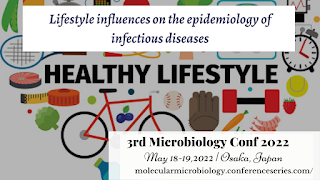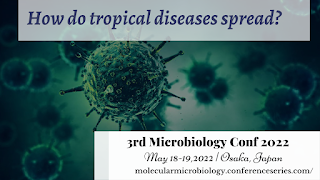Five Priorities for Combating Antibiotic Resistance
.png)
According to recent data from the Centers for Disease Control and Prevention, more than 2.8 million antibiotic-resistant infections occur in the United States each year, with more than 35,000 people dying as a result. The agency's "Antibiotic Threats in the United States, 2019" covers the top 18 resistant diseases and assesses progress in the fight against superbugs, which is an update of its first review of antibiotic resistance in the United States in 2013. The following are five top priorities in the fight against antibiotic resistance: Reduce antibiotic use in human medicine: Outpatient health care settings, such as doctors' offices, emergency departments, retail health clinics, and emergency rooms, require improved antibiotic prescribing. The Joint Commission, a non-profit accrediting agency, just completed its stewardship requirement for outpatient institutions, which represents a significant step forward. Although hopeful, this rule only applies to a tiny per
.png)
.png)
.png)


